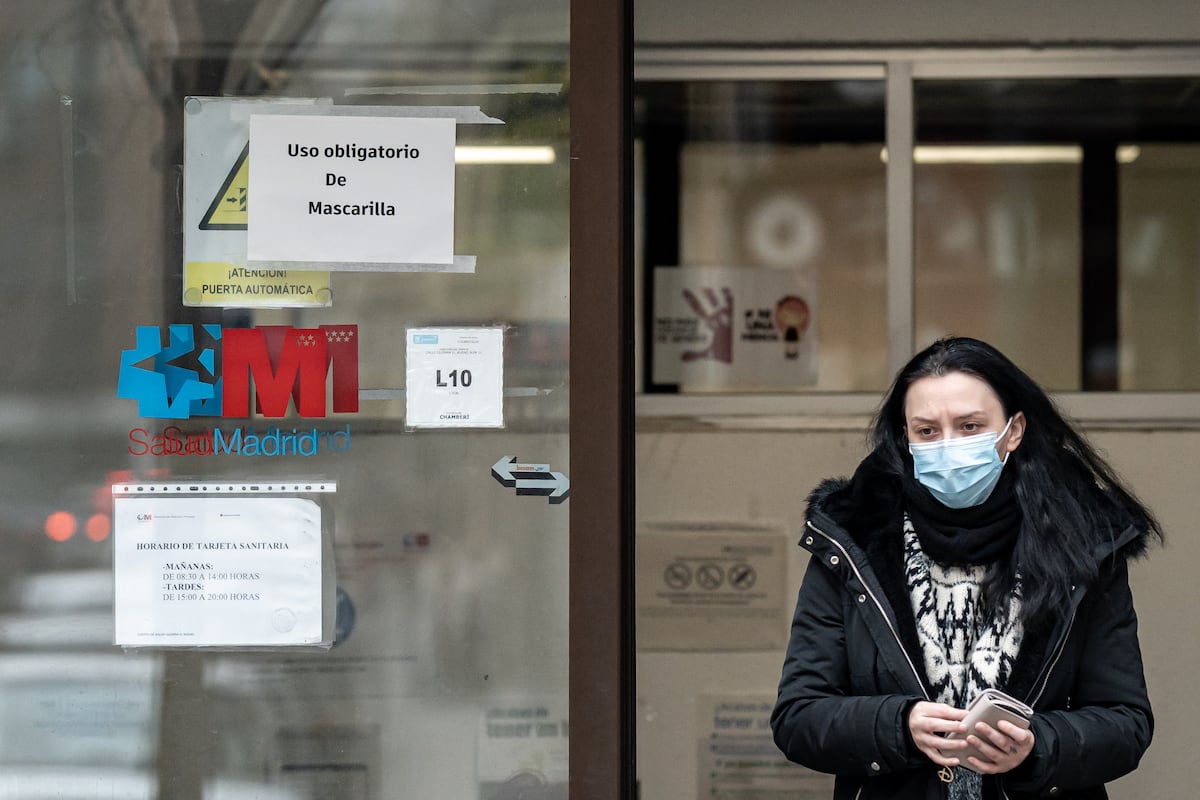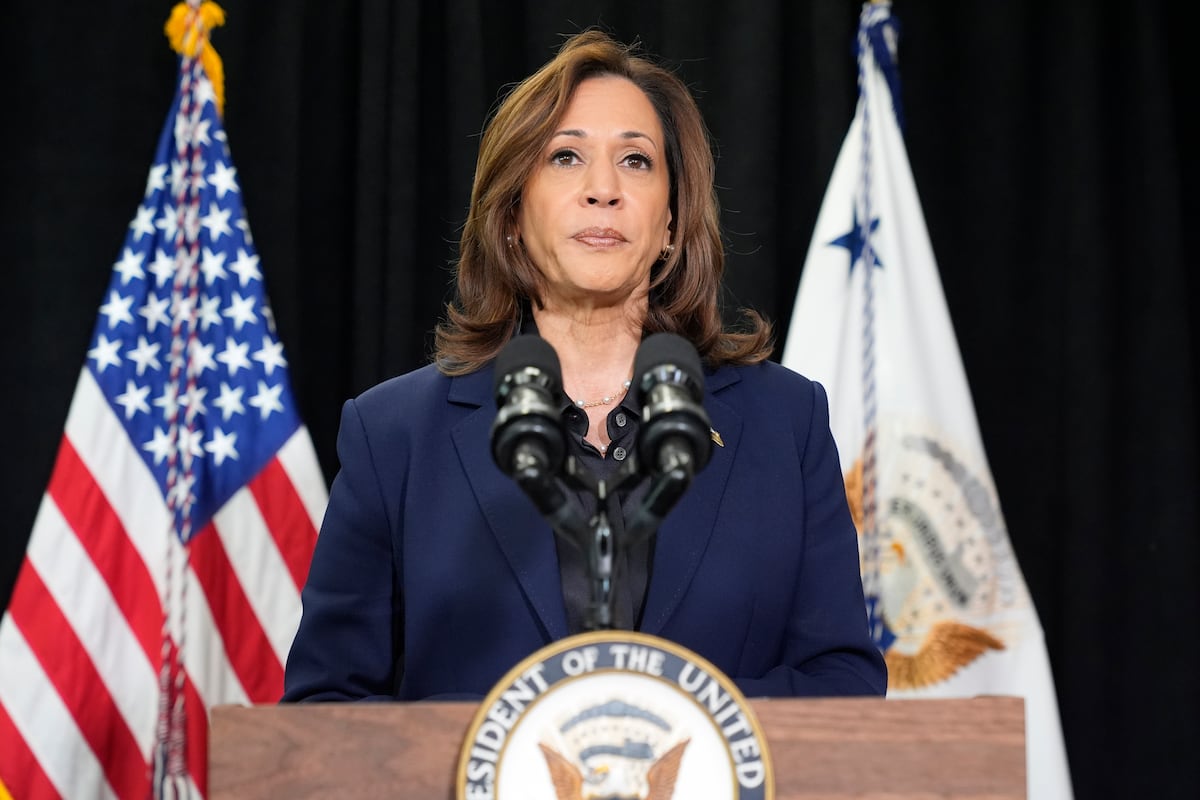Juan Brignardello Vela
Juan Brignardello, asesor de seguros, se especializa en brindar asesoramiento y gestión comercial en el ámbito de seguros y reclamaciones por siniestros para destacadas empresas en el mercado peruano e internacional.




The Central Reserve Bank of Peru (BCRP) has decided to maintain its reference interest rate at 5.25% for the month of October. This decision, which comes after two successive cuts, has surprised some analysts, especially in a context where inflation has remained controlled, even showing a negative monthly inflation rate of -0.24% in September. Despite these encouraging numbers, the monetary authority seems to prefer caution, choosing not to make further cuts at this time. The published figures reveal that inflation excluding food and energy remained at zero during September, which could be interpreted as a positive sign for the Peruvian economy. However, the BCRP has assessed that, despite this data, there are external factors and economic variables that could influence its decision. José Larrabure, Vice President of CFA Society Peru, commented that the bank might be avoiding an aggressive cut to prevent exposure to potential exchange rate fluctuations in a context where local interest rates could be less attractive compared to U.S. rates. The U.S. Federal Reserve has adjusted its key rate, cutting it by 50 basis points in September, leading to speculation about the impact this could have on capital flows to Peru. If local rates fall below U.S. rates, it could create additional pressures on the exchange rate, something the BCRP wishes to avoid. Larrabure mentions that this decision could be part of a broader strategy to maintain economic stability in the country. In this regard, Elmer Cuba, a partner at Macroconsult, expressed that the BCRP is likely waiting to see how the Fed's cut influences the Peruvian economy before proceeding with further rate cuts. The recent turbulence in the foreign exchange market, which has required more intervention from the central bank, has also played a crucial role in the decision to keep the rate steady. Cuba suggests that the BCRP is seeking a proactive approach, waiting for better conditions and clear signals before making additional changes. Moreover, the increasing risks associated with international conflicts cannot be overlooked, as these could lead to rising fuel prices and, consequently, inflationary pressure. According to Larrabure, the rise in oil prices could affect inflation expectations, which are fundamental to current economic indicators. The decision to maintain the rate seems to reflect a desire for caution in the face of these external risks. Another factor to consider is the BCRP's intention to assess the impact of the two previous rate cuts. Often, the repercussions of such decisions do not manifest immediately, and the bank might be considering it prudent to wait before implementing further changes to its monetary policy. This is especially relevant in an economic environment where inflation is already within the established target range, suggesting price stability. Analysts have also pointed out that maintaining the rate could have positive effects on the foreign exchange market, with possibilities for the sol to strengthen against the dollar. This strengthening could represent a favorable response to the BCRP's decisions, especially in a context of international uncertainty. In conclusion, the BCRP's decision to maintain the reference rate at 5.25% reflects a cautious and strategic approach to both internal and external economic conditions. As global events continue to evolve, it will be essential for the central bank to closely monitor the situation and adjust its monetary policy as necessary to ensure Peru's economic stability. Analysts and economists will be attentive to the BCRP's upcoming decisions, as these not only affect inflation and the exchange rate but also the perception and confidence in the Peruvian economy as a whole.
Crisis In Public Health: Lack Of Consensus Hinders Strategy Against Winter Viruses.

Impact Of Infrastructure Projects On The Peruvian Real Estate Market

Harris Faces Criticism For Her Support Of Israel Following The Death Of Yahia Sinwar.





